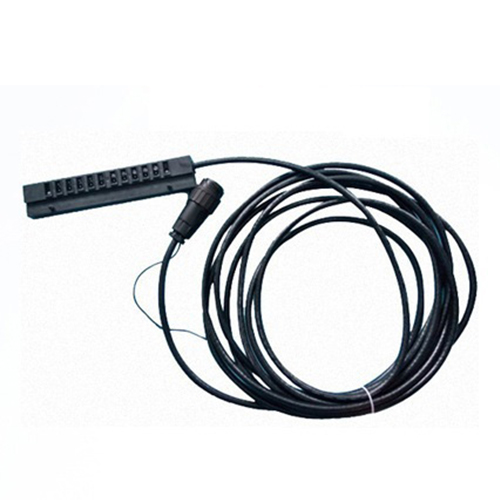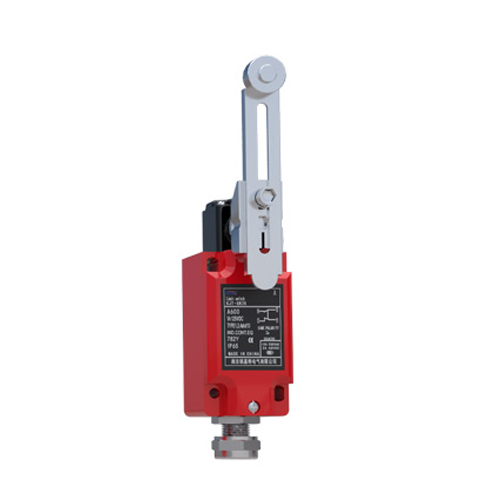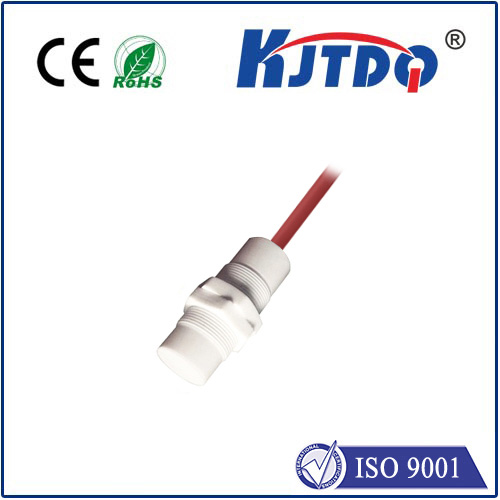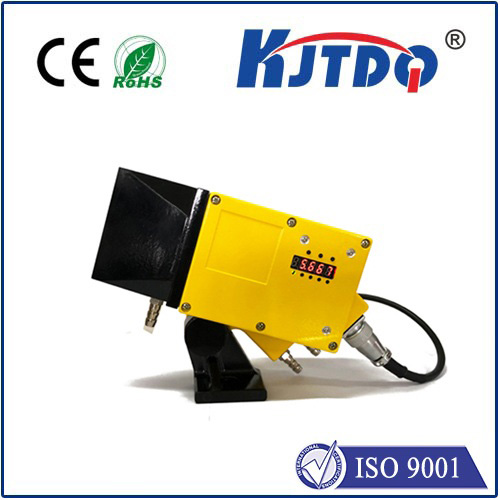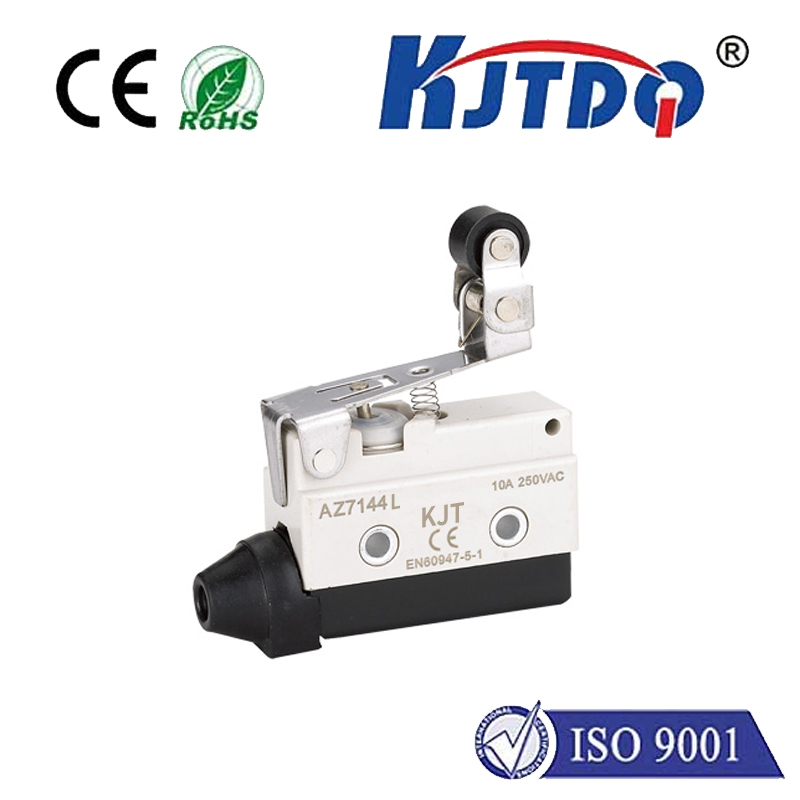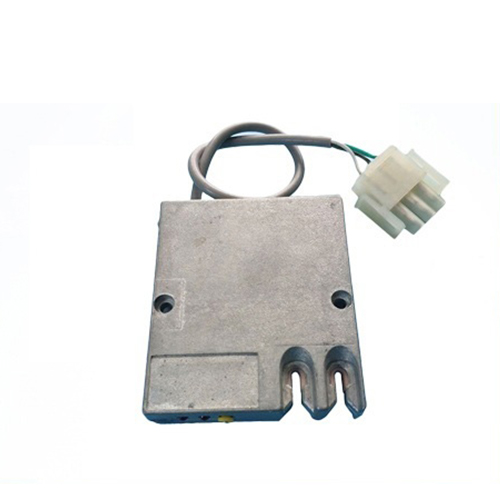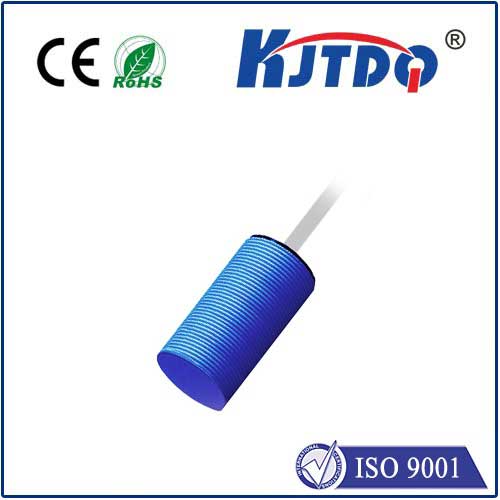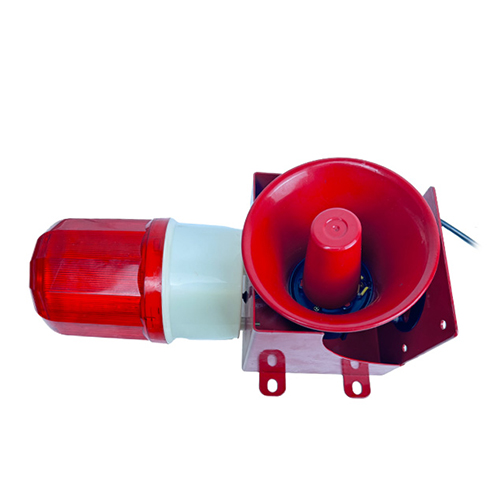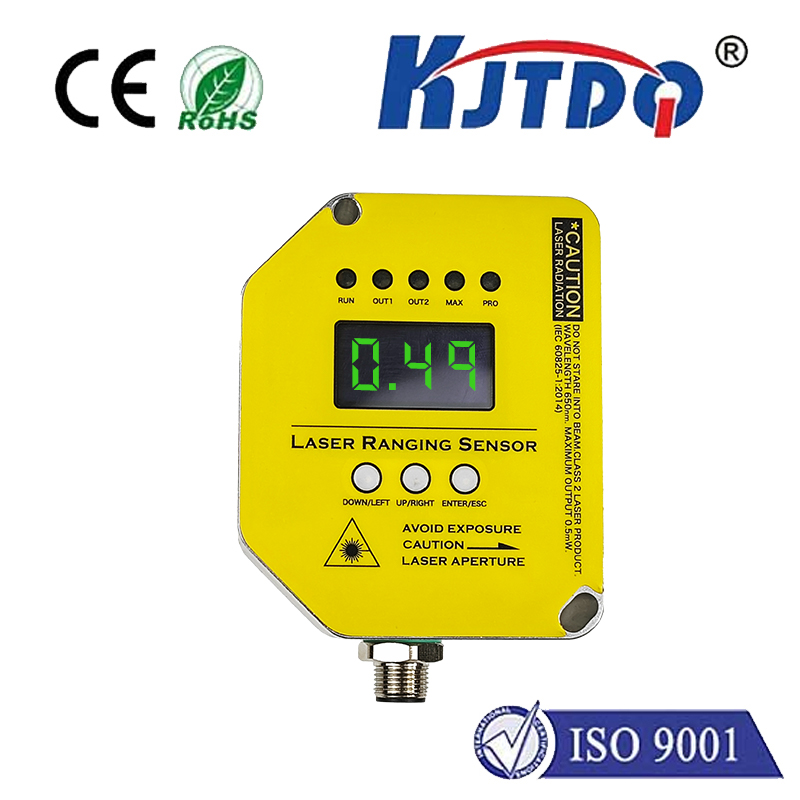fluid temperature sensor
- time:2025-08-21 03:53:07
- Нажмите:0
Fluid Temperature Sensors: Essential Tools for Precision Monitoring Across Industries
How accurately are you measuring the lifeblood of your systems? In countless industrial processes, automotive applications, energy generation, and even our daily appliances, the temperature of fluids – whether water, oil, fuel, coolant, or gas – is a critical parameter. Precise monitoring is non-negotiable for efficiency, safety, product quality, and equipment longevity. This is where the often-overlooked hero, the fluid temperature sensor, steps into the spotlight. Understanding these devices is fundamental for anyone involved in system design, maintenance, or optimization where liquids or gases flow.
What Exactly is a Fluid Temperature Sensor?
At its core, a fluid temperature sensor is a specialized device designed to directly measure the thermal energy of a liquid or gas flowing within a system. It acts as a translator, converting the physical property of temperature into an electrical signal (like resistance, voltage, or current) or sometimes a mechanical signal that control systems or displays can understand. Unlike ambient air sensors, these probes are engineered for direct immersion or contact with the fluid stream, often facing challenges like pressure, flow rates, corrosion, and contamination. Their primary function is to provide real-time, accurate temperature data crucial for process control and safety.
Key Technologies Powering Fluid Temperature Monitoring

Several mature and reliable sensing technologies dominate this field, each with distinct advantages:
- Resistance Temperature Detectors (RTDs): Prized for their high accuracy and stability over a wide range, RTDs work on the principle that the electrical resistance of pure metals (like platinum, nickel, or copper) increases predictably with temperature. Platinum RTDs (Pt100, Pt1000) are the gold standard for demanding industrial applications where precision is paramount. Their superior linearity makes them ideal for critical processes.
- Thermocouples: Known for their robustness, wide temperature range capability, and fast response times, thermocouples generate a small voltage proportional to the temperature difference between two dissimilar metal junctions (the measuring junction in the fluid and the reference junction). While generally less accurate than RTDs, they excel in high-temperature environments (like exhaust gas monitoring) and are relatively inexpensive.
- Thermistors: These utilize semiconductors whose resistance changes significantly with temperature. Negative Temperature Coefficient (NTC) thermistors are incredibly sensitive within a limited range and offer very fast response times, making them common in automotive coolant monitoring and consumer appliances. Positive Temperature Coefficient (PTC) thermistors are often used for over-temperature protection.
- Infrared (Non-Contact) Sensors: Though not immersed, some advanced infrared thermometers can measure fluid surface temperature through sight glasses or specific ports, useful where immersion is impossible or contamination is a severe concern. However, accuracy can be influenced by emissivity and fluid clarity.
Crucial Performance Characteristics: Choosing the Right Sensor
Selecting the optimal fluid temperature sensor isn’t just about the core technology. Several performance factors directly impact suitability and effectiveness:
- Accuracy & Precision: How closely does the sensor reading reflect the true fluid temperature, and how repeatable are those readings? This is paramount for quality control and process optimization.
- Response Time: How quickly can the sensor detect and report a change in fluid temperature? Fast response is critical in dynamic systems or for rapid fault detection. Sensor construction (sheath material, diameter) and fluid flow rate significantly influence this.
- Temperature Range: The sensor must reliably operate within the minimum and maximum temperatures encountered by the fluid in the specific application.
- Pressure Rating & Compatibility: The sensor’s housing (probe/sheath) must withstand the system’s operating pressure without failure and resist chemical attack from the fluid.
- Robustness & Longevity: Industrial environments demand sensors that can withstand vibration, thermal cycling, moisture, and potential physical impact. Material selection (e.g., stainless steel sheaths, specific seals) is critical here.
- Output Signal: Compatibility with existing data loggers, PLCs (Programmable Logic Controllers), or control systems is essential. Common outputs include analog (4-20mA, 0-10V) or digital (Modbus, CAN bus, etc.).
Where Fluid Temperature Sensors Make a Difference: Ubiquitous Applications
The impact of these sensors stretches across virtually every sector:
- Automotive & Transportation: Monitoring engine coolant temperature (ECT) is vital for preventing overheating and optimizing combustion efficiency. Transmission fluid temperature sensors protect gears, fuel temperature sensors aid injection calculations, and HVAC systems rely on refrigerant temp sensors.
- Industrial Process Control: In chemical plants, refineries, food & beverage production, and pharmaceuticals, precise fluid temperature measurement controls reactions, ensures consistent product quality (pasteurization, sterilization, crystallization), manages heat exchangers, and safeguards equipment.
- HVAC&R (Heating, Ventilation, Air Conditioning & Refrigeration): Sensors monitor chilled water, condenser water, refrigerant lines, and boiler temperatures, enabling efficient climate control and preventing compressor damage.
- Energy Generation & Distribution: Power plants (fossil fuel, nuclear, geothermal) rely on sensors to monitor coolant loops, lubrication oil, feedwater, and turbine conditions. Hydro plants track water temps.
- Аэрокосмическая деятельность: Monitoring fuel, oil, hydraulic fluid, and bleed air temperatures is critical for aircraft performance and safety.
- Medical Equipment: Dialysis machines, blood warmers, and sterilizers use precise fluid temp sensors.
- Consumer Goods: Washing machines, dishwashers, coffee makers, and water heaters all incorporate simple liquid temperature sensors for cycle control.
Ensuring Reliability: Calibration and Maintenance
Even the best fluid temperature sensor can drift over time due to aging, contamination, or physical stress. Regular calibration against a known standard is essential to maintain accuracy and ensure the integrity of temperature-dependent processes. Maintenance involves inspecting probes for damage or buildup, checking wiring integrity, and verifying seals. Proactive sensor management prevents costly downtime or quality issues caused by inaccurate readings.
The Future: Smarter Monitoring and Integration
Advancements continue to refine fluid temperature sensing. Miniaturization allows probes into tighter spaces. Enhanced digital communication (Industrial IoT) enables remote monitoring, predictive maintenance, and data integration into larger control systems. Improved materials offer greater durability in corrosive environments. The core goal remains unchanged: delivering the accurate, reliable temperature data that modern fluid-based systems demand to operate safely, efficiently, and effectively. From ensuring your car doesn’t overheat on the highway to guaranteeing the purity of pharmaceuticals, these silent sentinels play an indispensable role in our technological world.







